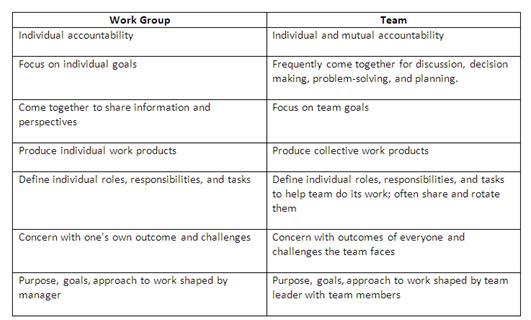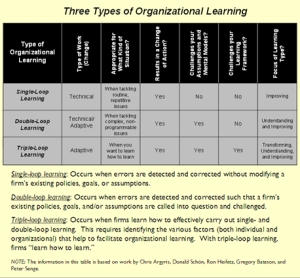 In my last post I talked about gaining project team support. This week I’m going to blow your mind with something truly amazing. You ready? Vision statements aren’t just something for companies to use as a guiding force and post on their website! They work just as well for individual change projects too – and they work in a similar way. Just like organizations need to know where they’re heading and what they’re trying to accomplish, so too do project leads, their teams, and their stakeholders. After all, accomplishing your end goal is entirely dependent on the efforts of any number of people – not all of whom can just be expected to intuitively know what the goal is or WHY that’s the goal. Identifying and communicating an urgent need statement AND clear vision is one of the most important functions a project lead/change manager can do to help gain buy-in from stakeholders (including leadership).
In my last post I talked about gaining project team support. This week I’m going to blow your mind with something truly amazing. You ready? Vision statements aren’t just something for companies to use as a guiding force and post on their website! They work just as well for individual change projects too – and they work in a similar way. Just like organizations need to know where they’re heading and what they’re trying to accomplish, so too do project leads, their teams, and their stakeholders. After all, accomplishing your end goal is entirely dependent on the efforts of any number of people – not all of whom can just be expected to intuitively know what the goal is or WHY that’s the goal. Identifying and communicating an urgent need statement AND clear vision is one of the most important functions a project lead/change manager can do to help gain buy-in from stakeholders (including leadership).
Creating an Urgent Need Statement
Creating an urgent need statement helps explain the current issue and WHY things need to change. It answers two questions:
- What is the risk of not changing?
- Why should people want to change?
As you think about these questions frame it in two contexts: the business and the stakeholder; what is the risk to the COMPANY if things don’t change? What is the risk of the STAKEHOLDER if things don’t change? Jot down your answers to create talking points. When you can answer both these questions use your talking points to create your statement. It’s important that your urgent need satisfies both the rational AND emotional side of your stakeholders – it’s the only way this is going to work. You connect solely to the emotional side and your stakeholders are going to think you’re hiding something and they’re not going to commit. If you connect solely to the rational side your stakeholders are going to feel they aren’t being cared for and they’re not going to commit.
Creating a Vision Statement
A vision statement is meant to increase the appeal of the change to stakeholders by providing a positive picture of what is possible in the future. It answers three questions:
- What is the positive picture of the future state?
- What does success look like?
- Why should people continue to strive to create the change?
Just like you did with the urgent need statement, frame your answers in two contexts: the business and the stakeholder; what is the positive picture of the future state for the COMPANY? what is the positive picture of the future state for the STAKEHOLDER?. When you can answer all three questions use your talking points to create your statement.
Creating a clear and effective vision delivers many benefits to your project but most importantly it helps guide the behavior of all employees affected by the change and improves productivity and efficiency.
A good vision:
- Can motivate and empower project team members and other stakeholders.
- Allows you to properly delineate plans because there is a guiding force behind the project.
- Brings meaning to peoples’ project work, mobilizes them to action, and helps them decide what to do and what not to do in the course of their project work.
- Grab people and then bring them into the fold.
A GREAT vision:
- Identifies direction and purpose
- Sets standards of excellence
- Is persuasive and credible
- Inspires enthusiasm and encourages commitment
- Is well articulated and easily understood
- Is ambitious
- Calls for a shared commitment
- Fits with the business’ unique culture and values
My client had an urgent need and vision statement. It was actually quite good. The problem was that she didn’t share it with others. She never once explained to her team the WHY or the what, or the how, of this project; let alone ask for their input on these two crucial statements. Imagine for a second she had. Not only would she have INVOLVED her internal stakeholders in the process, she would have also started to gain buy-in from them and who knows? Maybe she would have discovered a crucial piece of the puzzle was missing. Her decision to go it alone cost her this project. You have an opportunity to work with others and make your project a success, why not give it a try?

















